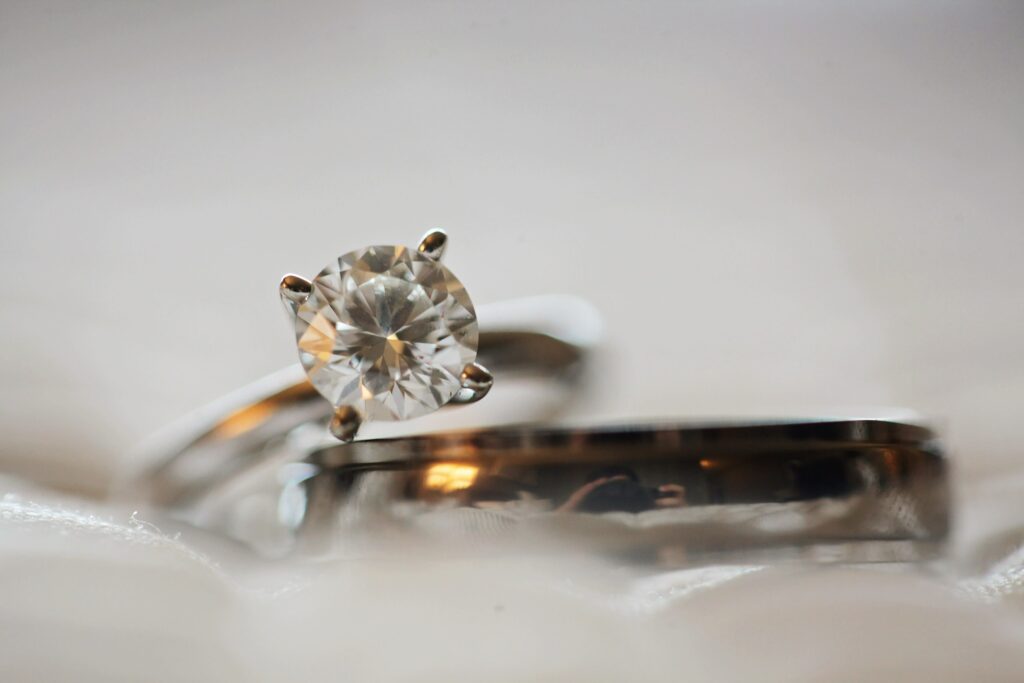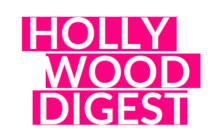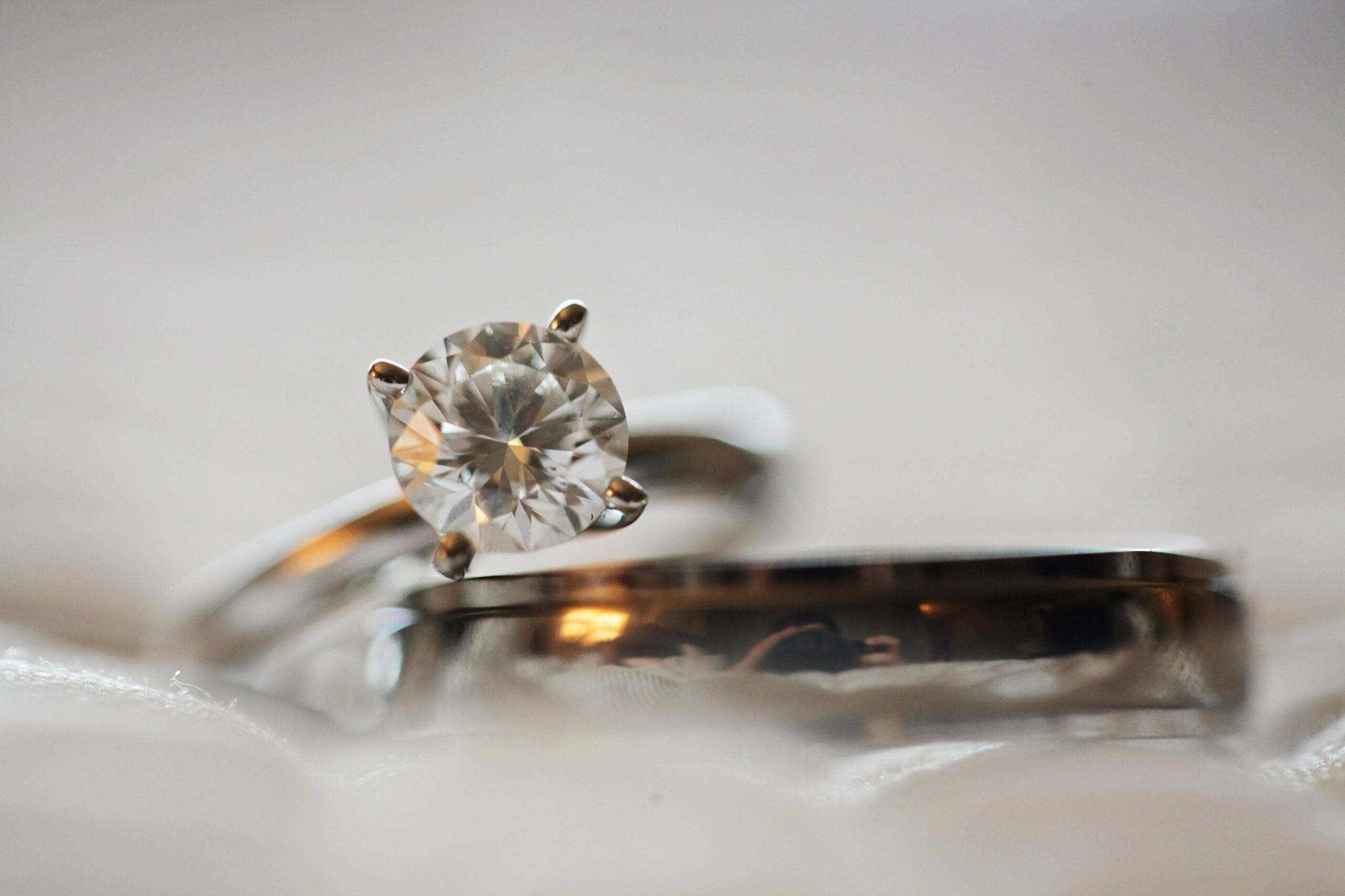In today’s materialistic world, where more people put an emphasis on their appearance, and how they are perceived by their peers, diamonds continue to be a symbol of wealth and status. This reflects the growing demand for diamonds, especially diamond jewelry. The diamond jewelry market is worth $355.93 billion in 2023, making it one of the most lucrative businesses in the world. Unfortunately, it is also one of the most unethical. The good news is that the diamond ring trade has seen a lot of progress in recent years as more people have become aware of the illegal and cruel practices that come from conflict areas and illegal mining. This has led many people to change the way they buy diamonds as they look to only buy responsibly sourced diamonds.
What Are Responsibly Sourced Diamonds
Responsibly sourced diamonds come from mines and locations that adhere to “stringent environmental and socio-ethical standards.” This includes safe working conditions, fair labor practices, no child labor, and fair compensation for miners. It also means that the diamonds are conflict-free and “entirely free from associations with armed conflicts, rebel groups, or human rights abuses.” The key defining feature of a responsibly sourced diamond is its traceability, which allows buyers to trace the diamonds to their source. This reflects a global trend that has seen a 71% increase in online searches for sustainable goods across the world over the past five years.

How Consumers Are Now Buying Responsibly Sourced Diamond Rings
Researching the Jeweller
Living in the information age means we have more means of knowing where exactly the diamonds have come from. When buying diamond engagement rings, consumers can now check the company’s website to see if they are committed to standards of responsible sourcing and acting with integrity all along their supply chain. With more consumers aware of the devastating consequences of the illegal diamond trade, established companies will heavily promote where their diamonds are sourced and often list their commitments to responsible sourcing. This will include guaranteeing that all the people involved in the delivery of their products are protected and ensuring that the correct environmental practices are met.
Checking for Certificates and Grading
All ethical diamonds are certified by esteemed organizations or institutions. The GIA is the most established organization and provides a rigorous grading process. Using a science-based method, the GIA can determine the country of origin, which can trace the diamond and check if it is ethically sourced. Another certificate to look out for is the Kimberley Process Certificate (KPC), which is a process that was set up in 2003 to reduce the number of unethical diamonds being sold. Diamonds with either of these certificates greatly reduce the chance of the diamond being from an unethical or illegal source.
Buying Lab-Grown Diamonds
While there are more checks than ever before, there is still a risk that the diamond in an engagement ring is from an unethical source. Finding a responsibly sourced diamond ring requires a lot of time and research, which is why so many buyers end up with an unethical diamond in their ring. One way that many diamond ring buyers are eliminating this risk is through lab-grown diamonds. Research has found that nearly one in four engagement rings in 2021 featured a man-made center stone. Not only are these diamonds cheaper, they are also much more ethical than mined diamonds, as they will always be conflict-free. They also produce a much lower carbon footprint than mined diamonds, making them ideal for those who want sustainable and ethical diamond rings.
As the diamond market continues to grow, so does the number of consumers who want responsibly sourced diamonds in their rings. This is leading to a change in how we buy diamond rings and will hopefully continue to reduce the number of unethical diamonds that hit the market.

